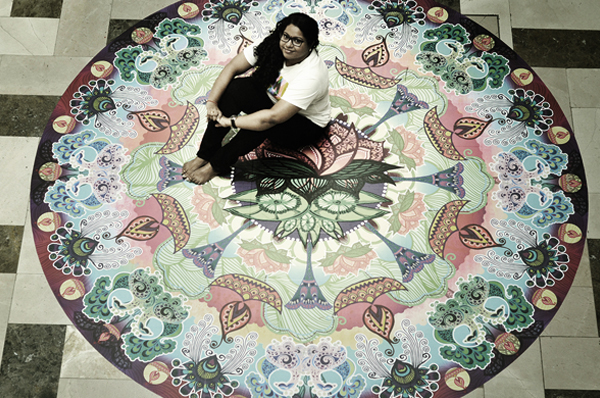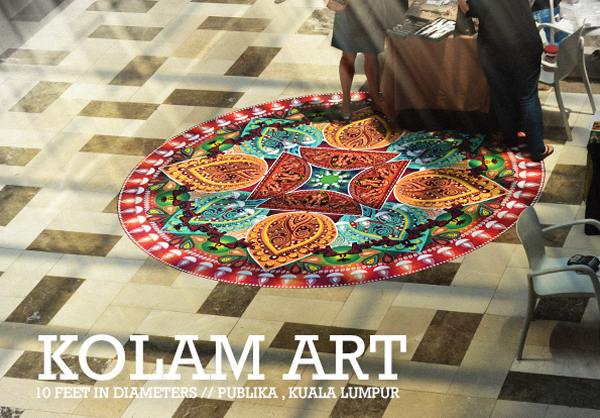
Rangoli, also known as Kolam or Muggu, is a folk art from India in which patterns are created on the floor in living rooms or courtyards using materials such as colored rice, dry flour, colored sand or flower petals. It is usually made during Diwali (Deepawali), Onam, Pongaland other Indian festivals.
The purpose of rangoli is decoration, and it is thought to bring good luck. Design depictions may also vary as they reflect traditions, folklore and practices that are unique to each area. Generally, this practice is showcased during occasions such as festivals, auspicious observances, marriage celebrations and other similar milestones and gatherings. (Source : Wilkipedia)
The purpose of rangoli is decoration, and it is thought to bring good luck. Design depictions may also vary as they reflect traditions, folklore and practices that are unique to each area. Generally, this practice is showcased during occasions such as festivals, auspicious observances, marriage celebrations and other similar milestones and gatherings. (Source : Wilkipedia)
Conjunction to this years Deepavali (Diwali) festival; I got invited to illustrate a systematic approach to Kolam (also known as Rangoli) in forms of illustration and its pieces will be displayed throughout the main lobby of Publika's shopping mall.
The challenge is to illustrate symmetrical and meaningful aspect of Deepavali together with its series of essences in celebrating the culture on a different artistic form. A 'kolam' that can be walked, stand, sit, admired and praised over for shoppers and spectators.
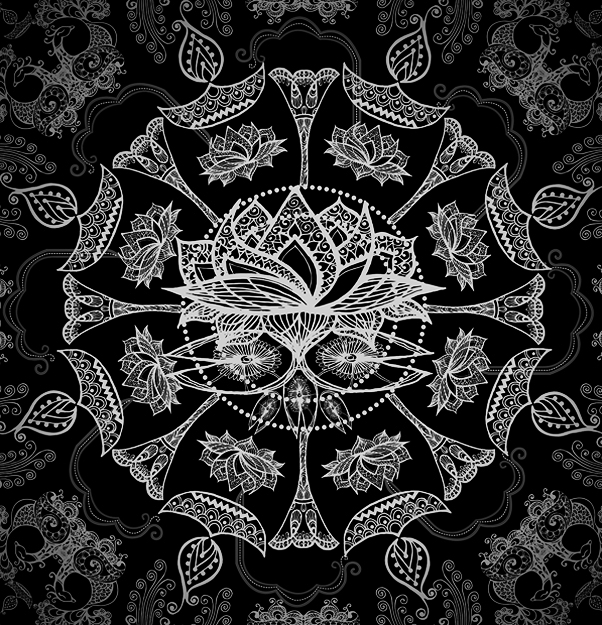
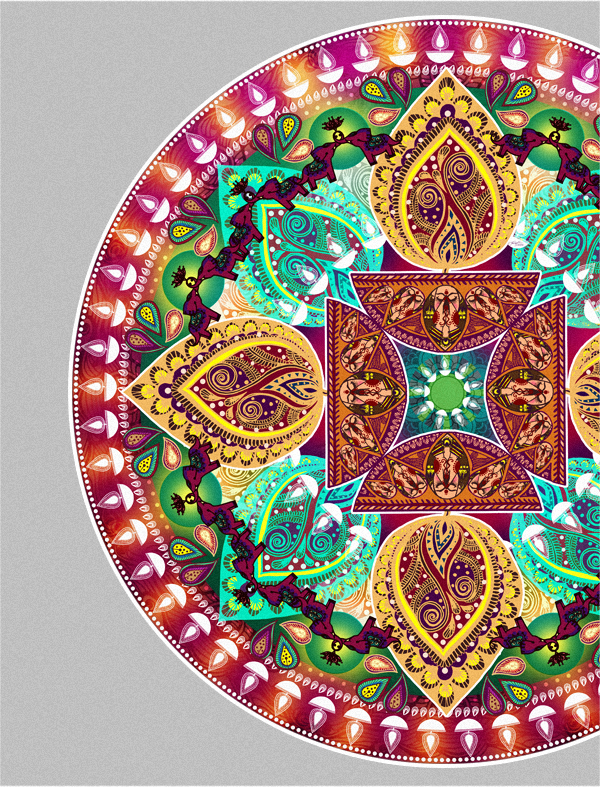
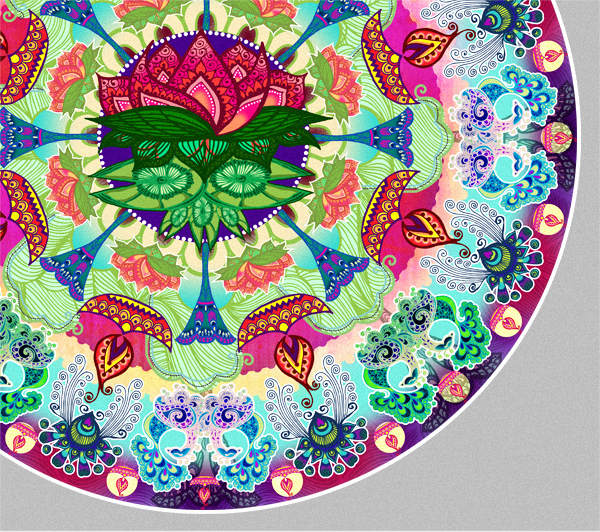
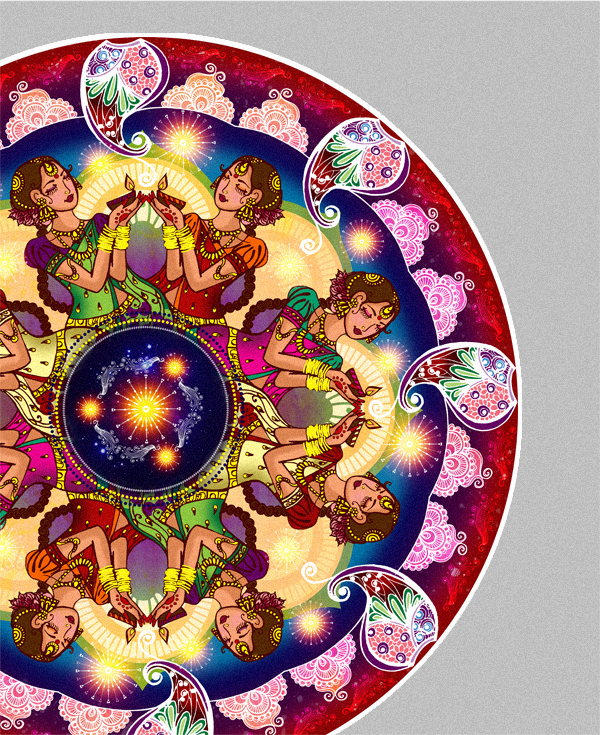


The overall project was successful, and gives the spectators a positive projection towards essences of Hindu art and its symbolizations; and it lasted over a month.
Thank you for viewing!
